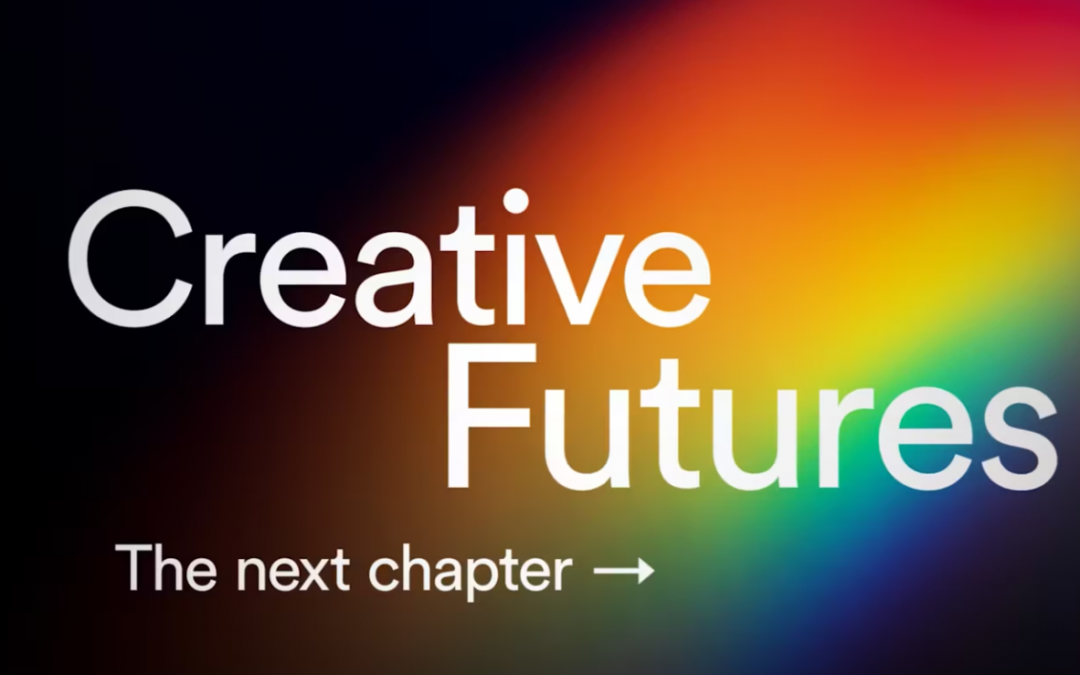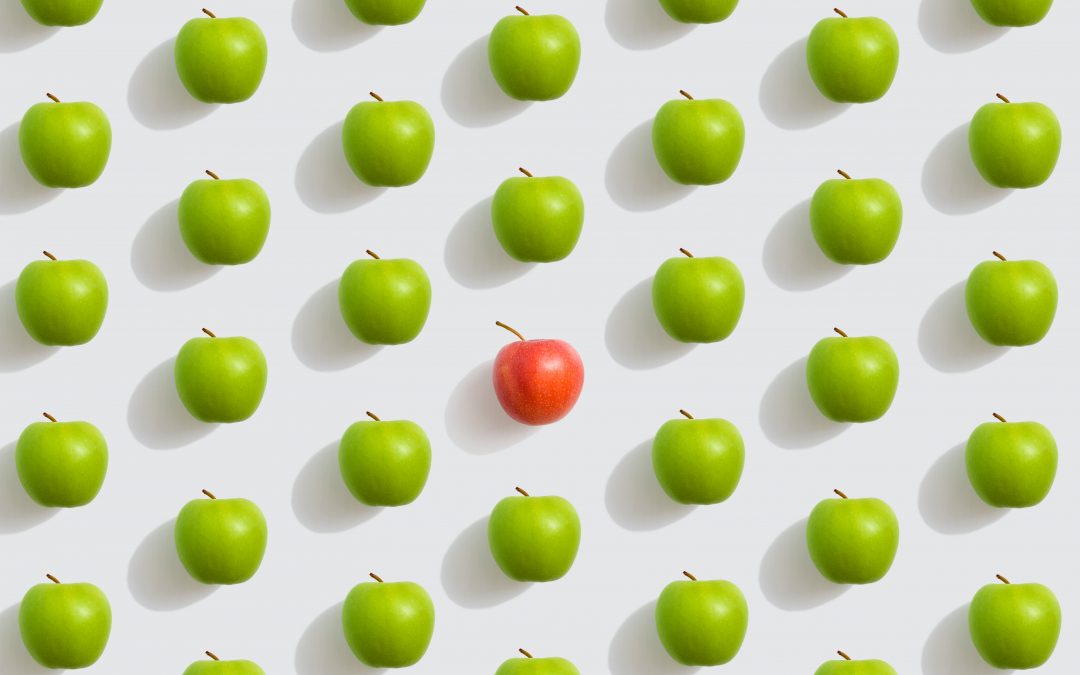View the Intergraf Report here!
In today’s fast-paced digital era, the debate between print and digital media continues to evolve. While digital platforms offer convenience and interactivity, print media holds unique advantages in terms of sustainability, reading comprehension, marketing efficacy, and bridging the digital divide. This blog post delves into these aspects, drawing insights from a comprehensive report comparing print and digital communication tools.
Sustainability
The environmental impact of both print and digital media is a critical concern in the sustainability debate. Contrary to popular belief, the digital sector has a significant environmental footprint. The Information and Communication Technology (ICT) sector is responsible for 2-4% of global emissions and is increasingly energy-intensive. This growth in energy consumption often outweighs the potential energy-saving benefits of digitalisation.
Print media, often perceived as less eco-friendly, has made strides in sustainability practices. Modern printing techniques and responsible sourcing of materials have reduced the environmental impact of print products. Also, the recycling rate of paper is generally higher compared to electronic waste, which poses a substantial challenge in terms of proper disposal and recycling.
Reading Comprehension and Leisure
When it comes to reading comprehension, print media still holds a fundamental role. Academic literature suggests that print facilitates better reading comprehension, particularly for complex texts and educational materials. Digital reading, while expanding the definition of reading through e-books and audiobooks, does not entirely replace the functions of print books. Instead, digital formats complement print by offering benefits like accessibility, portability, and customisation.
Experienced readers often switch between print and digital formats based on context and preference. For example, digital books are preferred for light, on-the-go reading, while print books are favoured for more intensive reading sessions that require deeper engagement and retention. Studies also indicate that students who balance both formats tend to read more for enjoyment compared to those who stick to only one format.

Marketing Efficacy
In the realm of marketing, both print and digital media have their unique strengths. Digital marketing excels in interactivity and targeted engagement, but print media still plays a crucial role in cutting through the digital noise. Print marketing materials, such as brochures, catalogues, and direct mail, create lasting impressions and evoke stronger emotional responses compared to digital ads.
Print and digital marketing can synergise effectively. For instance, integrating QR codes in print materials can enhance digital engagement, and direct mail can complement email marketing efforts to increase customer retention. This balanced approach maximizes the reach and impact of marketing campaigns, leveraging the strengths of both media.
Bridging the Digital Divide
Despite the rapid digitalisation, a significant digital divide persists, particularly in the European Union. Access to digital technologies and skills varies widely, with vulnerable groups (such as rural residents, the elderly, and those with lower education levels) often being left behind. Print media serves as a crucial communication tool for these groups, ensuring that important information reaches everyone, regardless of their digital proficiency.
Statistics highlight the disparities in digital skills across different regions and demographics. For example, while more than 50% of individuals in Northern Europe possess above-basic digital skills, less than 20% in South-eastern Europe do. This divide underscores the importance of maintaining print communication to ensure inclusivity and equitable access to information.

Conclusion
The comparison between print and digital media reveals that both have distinct advantages and should be viewed as complementary rather than substitutive. Print media offers sustainability benefits, supports deeper reading comprehension, enhances marketing efforts through its unique impact, and helps bridge the digital divide. Meanwhile, digital media provides interactivity, accessibility, and convenience. Adopting a balanced approach that leverages the strengths of both media is essential for effective communication in today’s multifaceted landscape.
As technology and media continue to evolve, ongoing research and a critical evaluation of methodologies will be vital in understanding and optimising the roles of print and digital media. If you’re curious in finding out how you could be utilising both print and digital media, contact us and get in touch!











